Securing music rights for YouTube videos is essential to avoid copyright issues. Here’s a comprehensive guide to help you navigate the process:
1. Understanding Copyright Law
Copyright is the legal right that grants the creator of an original work exclusive control over its use and distribution. When you want to use a piece of music in your YouTube video, you need to obtain permission from the copyright holders.
2. Types of Music Licenses
There are various types of music licenses, including:
- Synchronization License (Sync License): Allows you to use the music in sync with visual content.
- Mechanical License: Required if you plan to distribute copies of the music.
- Public Performance License: Needed for playing the music in public settings.
- Master Use License: Needed to use the original recording of the song.
3. Obtaining Music Licenses
- Identify the Copyright Holders:
- Songwriters/Composers: Typically own the composition and lyrics.
- Performers: Own the sound recording.
- Publishers: Manage the rights on behalf of songwriters.
- Record Labels: Own the master recordings.
- Contact the Copyright Holders:
- Reach out to music publishers and record labels.
- Use platforms like ASCAP, BMI, or SESAC to find contact information.
- Negotiate the License:
- Explain how you plan to use the music.
- Discuss usage duration, distribution methods, and any potential alterations to the music.
- Pay the Licensing Fees:
- Fees vary based on the popularity of the song and the scope of usage.
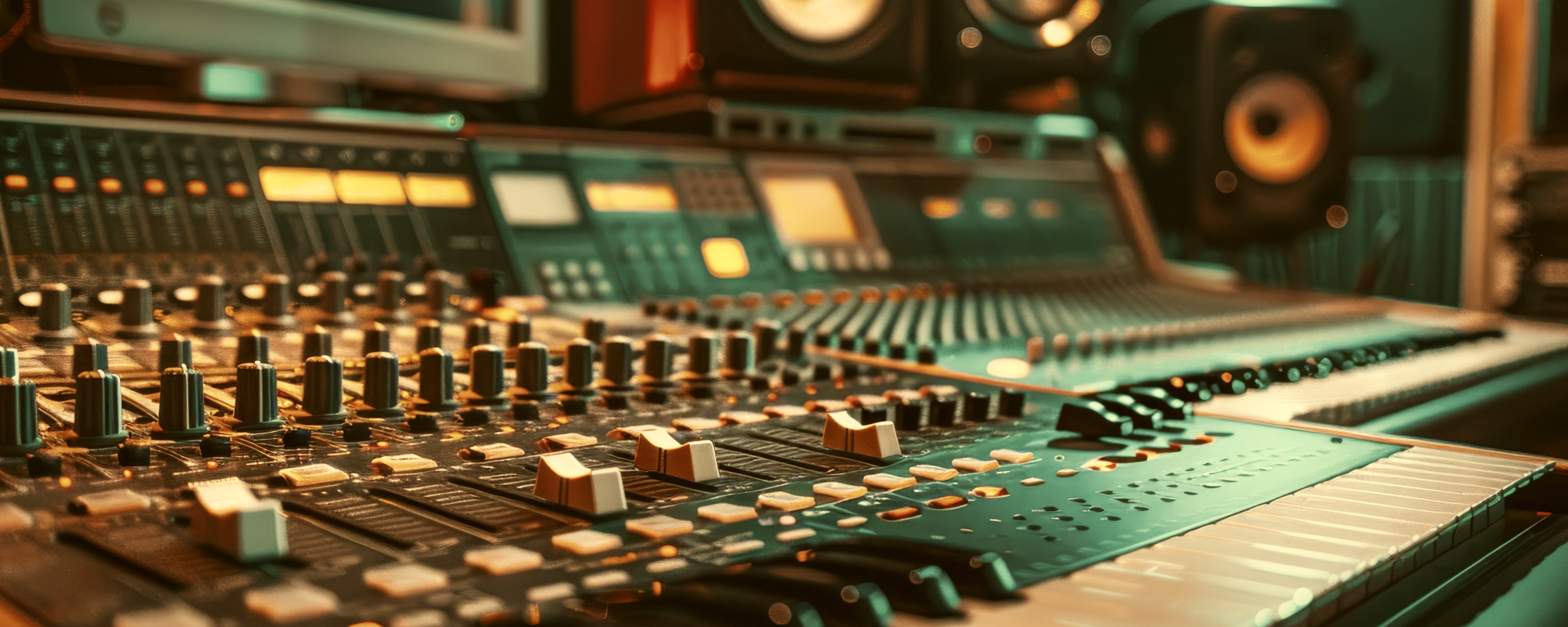
4. Using Royalty-Free Music
If obtaining licenses for popular music is too complex or expensive, consider using royalty-free music. Many websites offer high-quality, royalty-free music suitable for YouTube videos, such as:
5. YouTube Audio Library
YouTube offers a library of free music and sound effects that you can use in your videos without worrying about copyright issues. The library includes a wide variety of genres and styles, making it a convenient option.
6. Creative Commons Music
Creative Commons licenses allow creators to share their work with certain conditions. Look for music licensed under Creative Commons with the specific permissions you need. Websites like Jamendo and ccMixter offer a vast selection of Creative Commons music.
7. Attribution and Credit
Always give proper credit to the original creators of the music, even if it’s royalty-free or under a Creative Commons license. This shows respect for their work and complies with the licensing terms.

8. Avoiding Copyright Claims
- Use YouTube’s Copyright Management Tools: Utilize tools like YouTube’s Content ID to check for potential copyright issues before publishing.
- Purchase Licenses or Subscriptions: Opt for music licensing services that offer blanket licenses or subscriptions, allowing you to use multiple tracks legally.
Conclusion
Securing music rights for your YouTube videos may seem daunting, but understanding the process and knowing where to find legal music options can save you time and potential legal trouble. Follow these steps to ensure your content is both engaging and compliant with copyright laws.
More info: https://support.google.com/youtube/answer/2797466
Related article: Top music licensing services for your video projects
Some or all of the preceding content created by artificial intelligence.

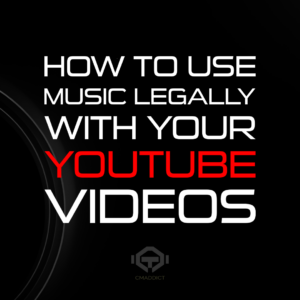








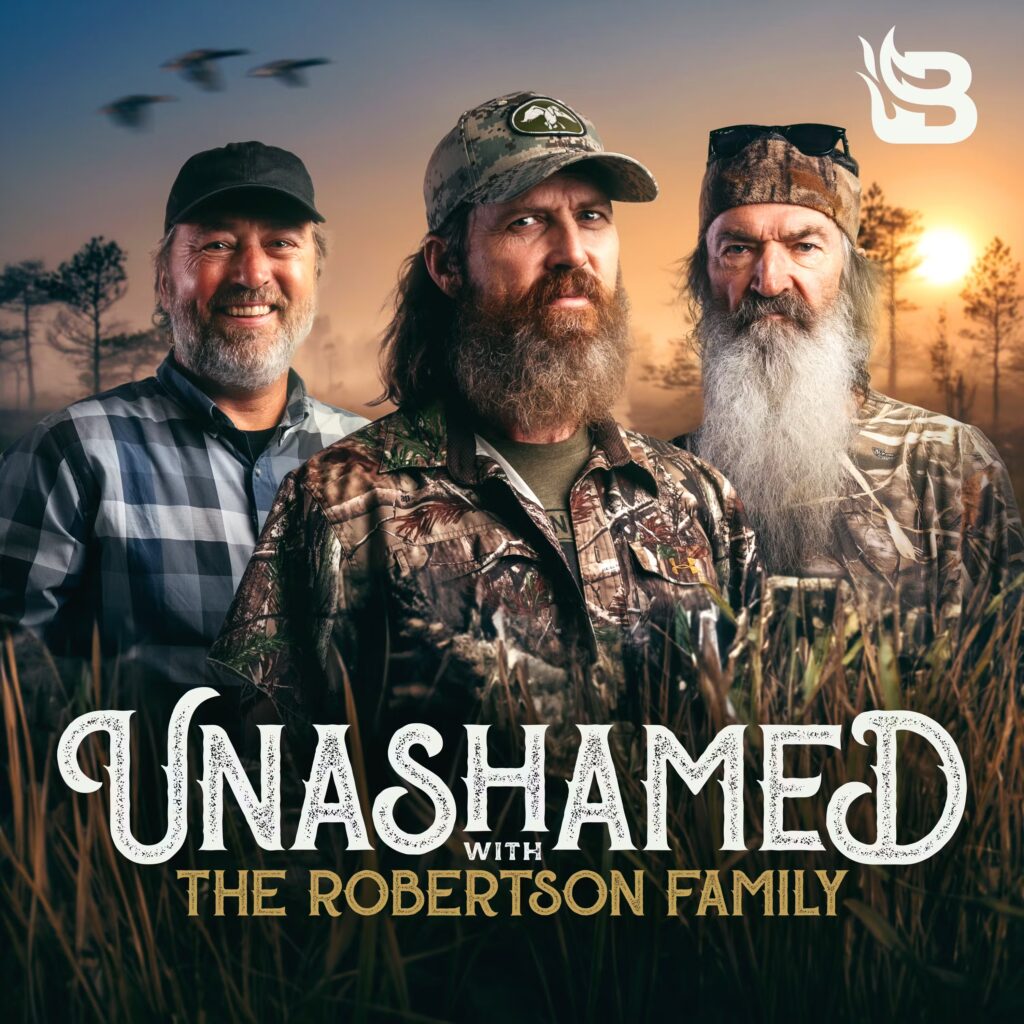
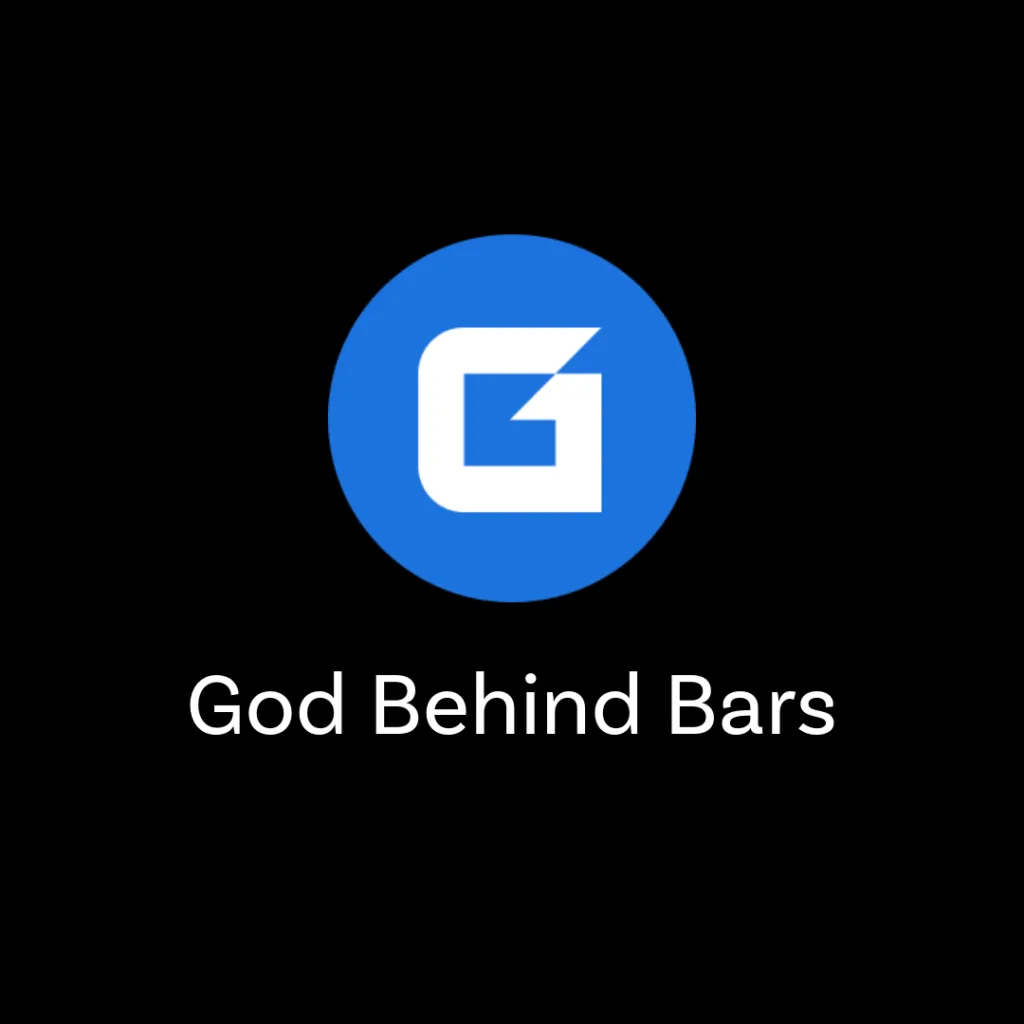
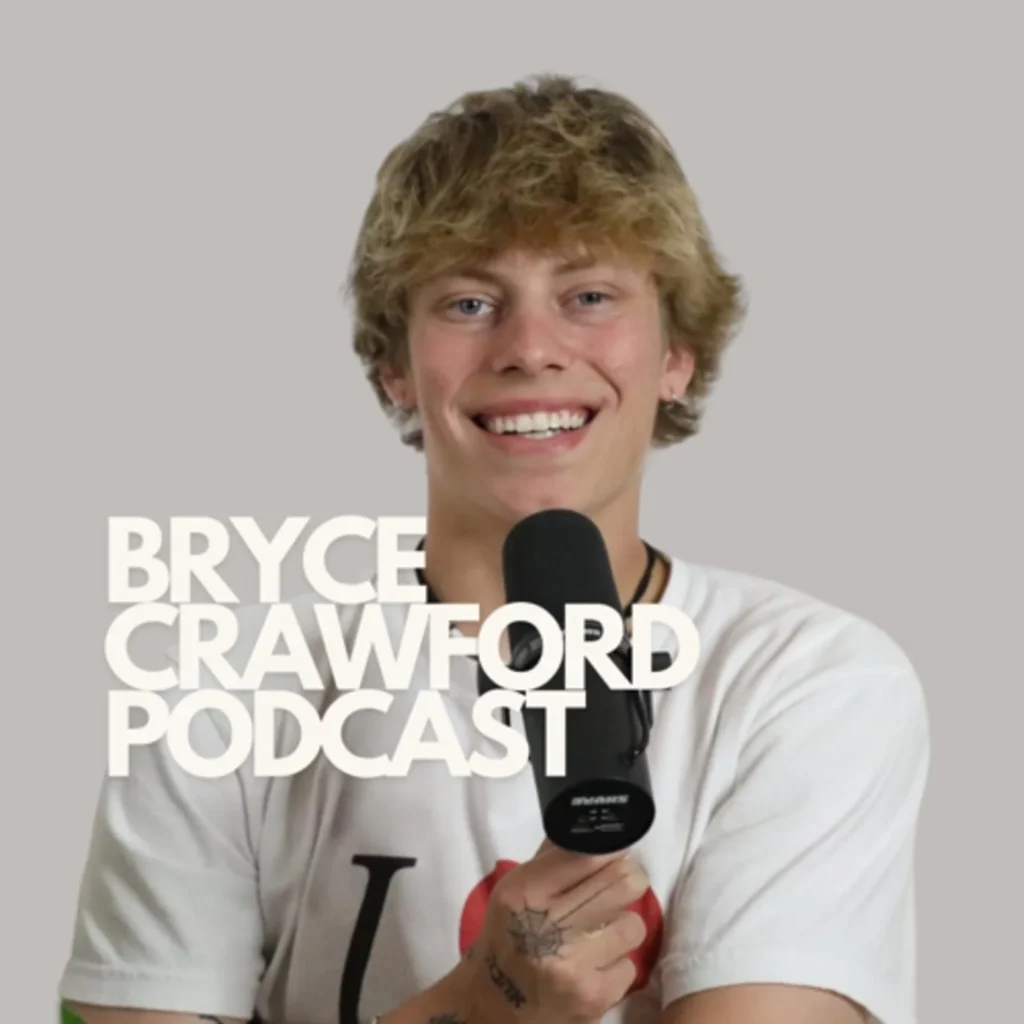

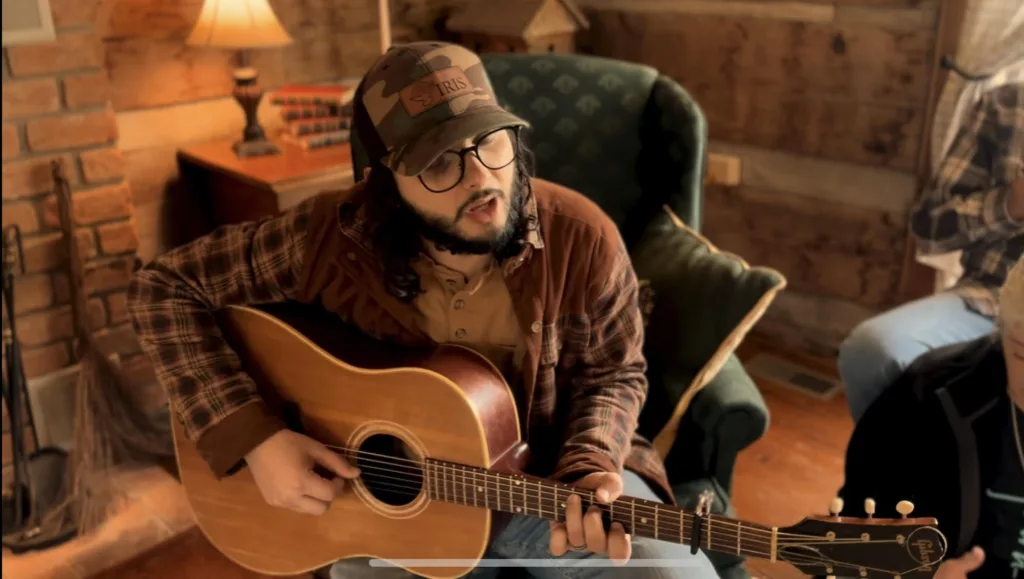
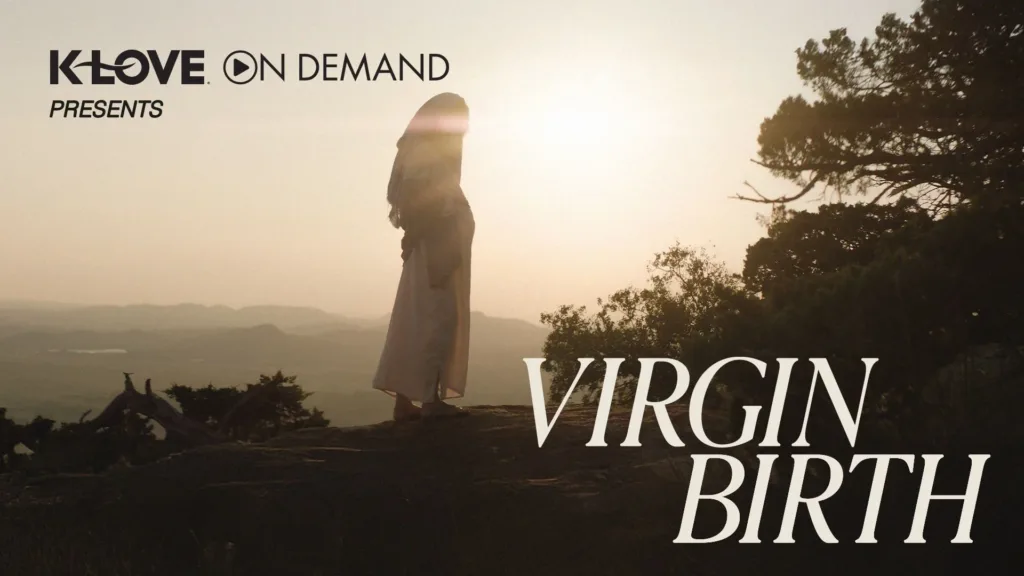

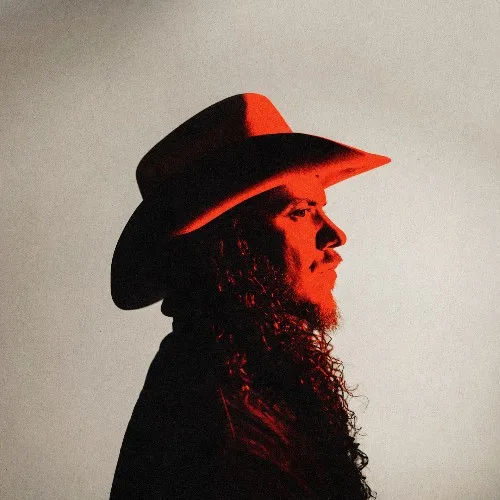



Leave a Reply